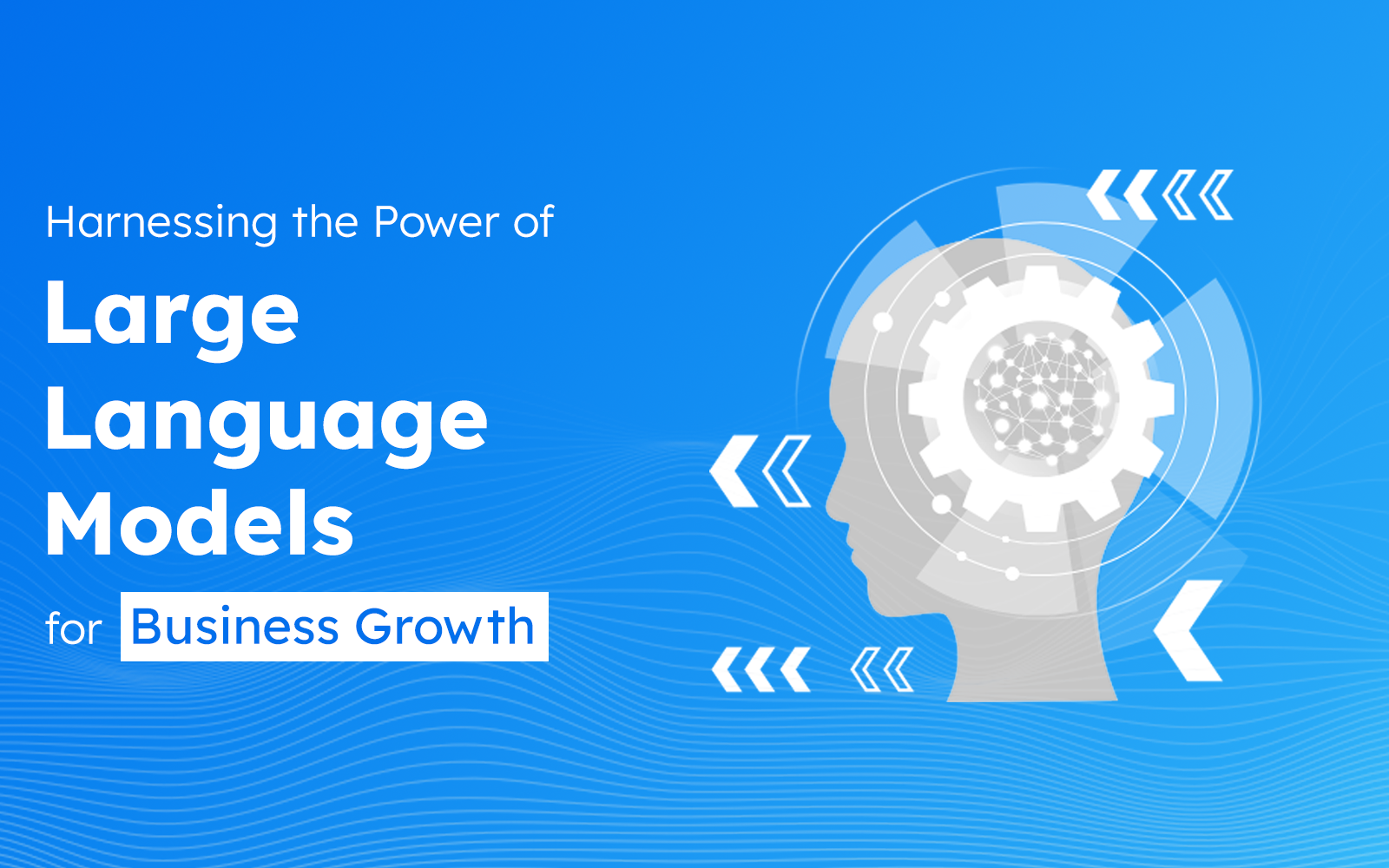Harnessing the Power of Large Language Models for Business Growth
Introduction
In the rapidly evolving landscape of technology, one of the most significant breakthroughs has been the development of Large Language Models (LLMs) in the field of Artificial Intelligence (AI). These models, which are a product of advanced Natural Language Processing (NLP) techniques, have opened new avenues for businesses to grow and innovate. As we delve deeper into the 21st century, understanding and leveraging these models becomes crucial for any business looking to stay ahead in a competitive market.
The Rise of AI in Business
The integration of AI in business isn’t a new concept, but the advent of Large Language Models has revolutionized how companies approach this integration. LLMs, like GPT-4 and its predecessors, are not just tools for automating tasks; they are becoming partners in strategy development and decision-making processes. This is where the real power of AI in business lies. By harnessing the capabilities of these models, businesses can unlock new levels of efficiency and innovation.
Enhancing Business Efficiency with AI
One of the most immediate benefits of integrating Large Language Models into business operations is the significant improvement in efficiency. These AI models can process and analyze large volumes of data much faster than human teams. This capability is invaluable in areas like market analysis, customer service, and even in managing internal communications. By automating these processes, companies can reduce the time and resources spent on routine tasks, allowing their teams to focus on more strategic initiatives.
Innovation through Machine Learning
Machine Learning, a subset of AI, plays a crucial role in the functionality of Large Language Models. These models learn from vast amounts of data, constantly improving and adapting to new information. This aspect of machine learning opens the door for businesses to innovate. Companies can use LLMs to analyze market trends, predict consumer behavior, and even develop new products and services tailored to the evolving needs of their customers.
Navigating Technology Trends with AI Strategies
As technology trends continue to evolve, businesses must adapt their strategies to stay relevant. Large Language Models are at the forefront of these trends, offering insights and capabilities that were previously unimaginable. By integrating LLMs into their strategic planning, businesses can gain a competitive edge. They can anticipate market changes more accurately, adapt to consumer demands swiftly, and make more informed decisions.
AI Applications in Various Business Sectors
The applications of AI, particularly Large Language Models, span across various sectors. In finance, these models can assist in risk assessment and fraud detection. In healthcare, they can help in diagnosing diseases or managing patient data. Retail businesses can use LLMs for personalized marketing and improving customer experiences. The potential applications are vast and diverse, making AI a versatile tool for business growth in any sector.
Conclusion
The power of Large Language Models in driving business growth cannot be overstated. As part of the broader Artificial Intelligence and Machine Learning landscape, these models offer unparalleled opportunities for businesses to enhance efficiency, drive innovation, and stay ahead of technology trends. However, it’s essential for businesses to develop thoughtful AI strategies to fully capitalize on these opportunities. By doing so, they can not only improve their current operations but also pave the way for sustainable growth and success in an increasingly digital world.
In conclusion, the integration of AI and Large Language Models into business practices is not just a trend but a necessity in the current technological era. Businesses that recognize and harness the power of these tools will find themselves leading the charge in innovation and efficiency, ready to meet the challenges of a dynamic market landscape.
Recent Posts
Deep Learning Explained: Understanding the Brain Behind AI
The Intersection of AI and IoT: Creating Smarter, Connected Environments
The Evolution of AI: From Simple Algorithms to Neural Networks
The Role of AI in Sustainable Development
Scaling New Heights: Integrating Advanced Technologies in Startup Product Engineering
